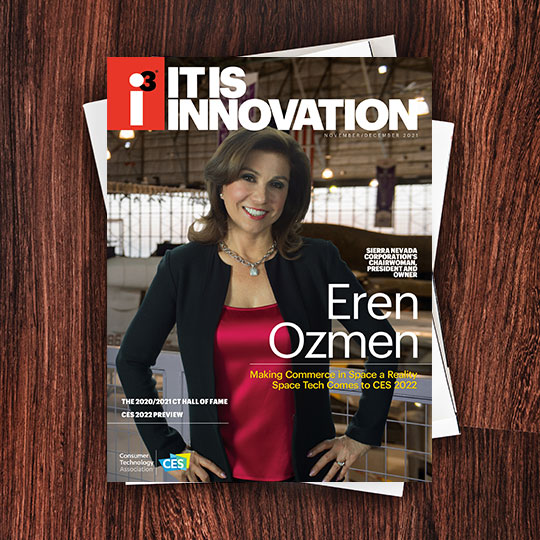Immersive Tech
Consumers’ willingness to spend on gaming is a good sign for companies investing in the metaverse, but of greater interest for building the metaverse is the technology behind gaming. During the same Future of Content panel, Kaki Navarre, Disney’s vice president of product management and media technology, described the interactive short “Baymax Dreams of Fred’s Glitch” that debuted at the Virtual Sundance Festival. The interactive experience is unique in being completely driven by user interaction with the story — no linear story here — and being rendered in real time using Nvidia’s GeForce Now cloud gaming service.
Even though the technologies to create the metaverse are developing, the Future of Content panelists agreed on one thing we do not yet have. Widespread adoption of these interactive immersive experiences that we liken to the metaverse will require standards all along the supply chain. Great content is expensive to create. Game engines, like Unreal and Unity, are an enabling technology that lower the barrier to content creation, but standards are still needed for exchange, distribution and rendering on consumer devices.
CTA has been developing standards to support the future of content through its XR Committee and the WAVE Project.
That last step, rendering on consumer devices, is particularly challenging. VR headsets are improving by leaps and bounds, but there are still tradeoffs being made between image quality, device size and complexity. History says image quality will improve rapidly. Even as it does, content creators and distributors cannot expect that everyone will have a VR setup at home. The best content companies will have experiences that can be consumed on smartphones and TVs or with a full VR setup and allow users in either format to interact at the full quality their devices allow.
Standards Make it Happen
To achieve a metaverse that is open, like the internet, requires standards for how virtual worlds and avatars are going to interact. Imagine “meeting” a group of friends at a VR concert and getting the full experience, including shopping for the band’s merchandise. It’s easy to see that the protocols behind that experience require exchanging information about where you and your friends’ avatars are in real time and merging that with the live concert in much the same way Zoom merges everyone’s audio and video on a conference call.
CTA has been developing standards to support the future of content through its XR Committee and the WAVE Project which aims to improve how internet-delivered commercial video is handled on devices and to make it easier for content creators to distribute video to those devices. People with ideas of how best to standardize the metaverse are encouraged to get involved at standards.CTA.tech.

I3, the flagship magazine from the Consumer Technology Association (CTA)®, focuses on innovation in technology, policy and business as well as the entrepreneurs, industry leaders and startups that grow the consumer technology industry. Subscriptions to i3 are available free to qualified participants in the consumer electronics industry.